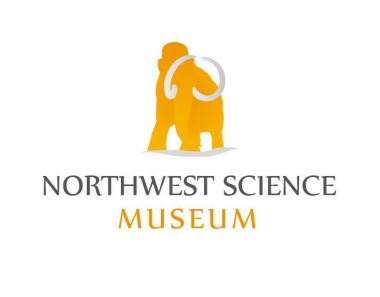Creationist museum in Idaho takes different approach to presenting exhibits

A new creationist museum in Idaho is taking on a different approach in presenting creationist science to visitors.
According to the Northwest Science Museum's Executive Director Douglas J. Bennett, the museum will present both an evolutionary explanation and a Biblical commentary on natural history exhibits. This, Bennett said in the Los Angeles Times, is intended to show visitors that creationist science is a better explanation for the natural events around us.
"If we put both out there, a person that's actually seeking the truth will look and say, 'Ah, the biblical explanation fits what I see in the world around us a lot better than evolution,' " Bennett explained to the LA Times.
The museum, which is located in a light industrial park by Boise's auto row, hosts exhibits of fossils including slices of petrified wood and nautilus shells, dinosaur eggs, the imprints of ancient leaves and a replica of the Lone Star Mastodon's skull.
The Lone Star Mastodon was discovered in a tar pit in La Grange, Texas in 2004.
Bennett says that the fossils in the exhibits are about 4,500 years old. The museum director explained that these "were buried during the (Great Flood) and fossilised at that time."
The Great Flood refers to the flood in the Bible that wiped out humanity, except Noah and his family who built an ark that took in survivors of different animals. Noah's family and the animals they cared for eventually repopulated the world.
Bennett said that the sauropod egg in the museum's exhibit is of importance.
He said people who supported evolution will say that there was no room in the Ark for a dinosaur, in the belief that dinosaurs pre-dated humans by millions of years.
Sauropods are large, four-legged dinosaurs with long necks. One species, the Brachiosaurus, could grow up to 40 to 50 feet high.
"Well, if you take a young one that's small on the ark, you've got plenty of room," Bennett said. "You wouldn't want to take an old, fully grown adult, because, after the flood, their purpose was to reproduce and populate the earth again."











